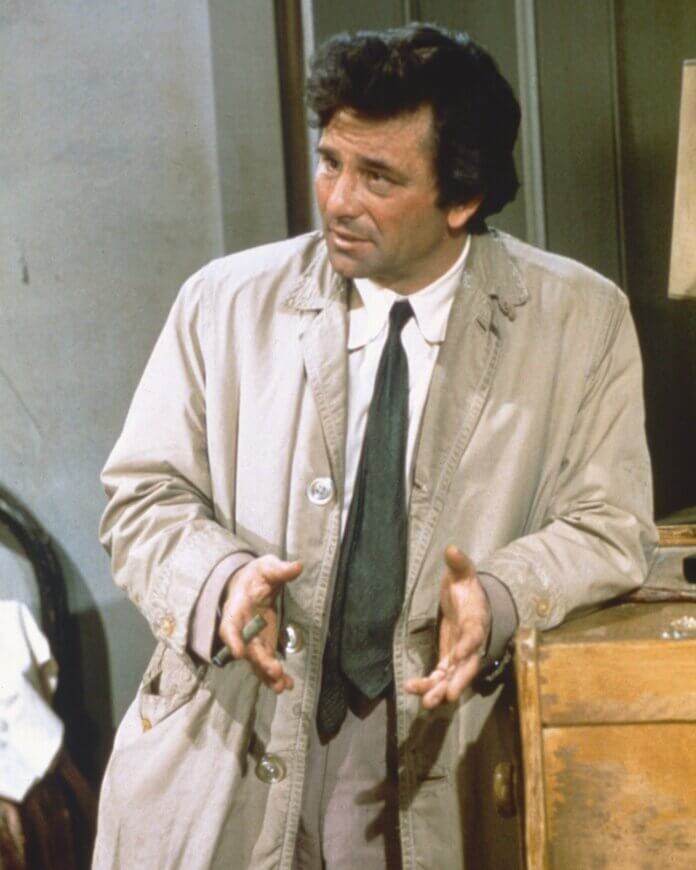Just one more thing… One late autumn afternoon, the lopsided, absent-minded figure of Lieutenant Columbo entered my memory. Rete4, ever generous with surprises, was airing an episode in which Peter Falk – with his crumpled raincoat, perpetually lit cigar, and one-eyed, weary gait – moved through a Los Angeles villa filled with modern art, expensive carpets, and metaphysical corpses. I was just at the right age to realize that, when told well, a crime story was never just about blood and motive, but also about moral architecture and the choreography of the unconscious. In Columbo, everything was built with the precision of a Bach fugue, yet disguised with the nonchalance of a jazz musician stumbling upon the truth. Despite its unassuming appearance, Columbo remains one of the most sophisticated works ever produced for American television. Created in 1968 by Richard Levinson and William Link, and developed by a team of […]
Crime, Words, Time: Anatomy of an Outdated Detective
In Columbo, jazz is never just for show; it evokes controlled improvisation, contained chaos, and the oblique sensuality of unspoken tension. Its syncopated phrasing mirrors the Lieutenant’s interrupted sentences, pauses, and untimely questions.
